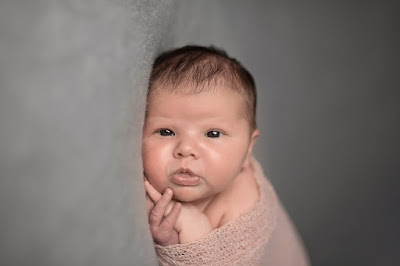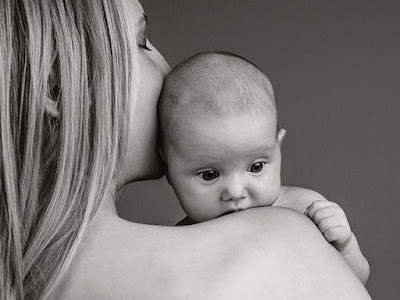A Beginner's Guide To Gaining Expertise In Professional Photography
In this time and age, anybody can be a photographer. In addition to many gadgets being equipped with powerful cameras, the prices of DSLRs have become more reasonable and affordable for those who want to make an incursion into photography. On top of that, working in digital format offers several benefits including the ability to take more shots without having to pay a steep price, the ability to edit photos with software and even mobile apps, and the ability to share pictures on social networking sites.
Unfortunately, the equipment does not necessarily make the photographer. You may have the best equipment and accessories available in the market, but you will not reach your true potential if you do not apply yourself to understanding your camera and soaking up all the knowledge that is readily available online and even from seasoned lensmen.
As such, if you want to be a better photographer, especially for family photography and couple portraits, below is a brief rundown of the essential concepts you need to master.
Know and master the different modes that your camera offers. Though most seasoned photographers prefer to work with their cameras in manual mode instead of working with presets, many beginners can benefit with at least having a basic understanding of these different modes. In a DSLR camera, two of the most useful modes are the AV or aperture value and the TV or the time value. With AV, the camera does the hard work of determining the best exposure and shutter speed to use. In TV, the camera determines the aperture and exposure values that are best for capturing a photo.
Know the three important basic concepts in camera use. These three vital concepts refer to ISO/exposure, aperture and shutter speed. ISO/exposure refers to the sensitivity of the camera chip to the light such that higher values allow you to shoot even with little available light. Aperture, on the other hand, refers to the length and the size of the opening of the lens. The higher the value of the aperture, the smaller the amount of light is let in. In turn, this means that the background is sharper. On the other hand, if you opt for lower values, the foreground is put in sharper focus. Finally, shutter speed refers to how long the shutter remains open. The longer it is kept open, the greater the motion is shown in the final picture.
Master the rule of thirds. Be familiar with and use the settings in your camera to divide the image seen on your lens or LCD screen into nine parts made up of three columns and three rows. Important elements are placed on or close to the imaginary lines or where these lines intersect. This rule is considered one of the foundations of taking good pictures and every photographer should have a keen understanding and mastery of this concept.




Comments
Post a Comment